How to tell which wire is hot without a multimeter
It can be difficult to tell which wire is hot on an electrical circuit without a multimeter. However, there are a few ways to do it if you’re careful. In this article, we’ll discuss four methods for determining whether or not a wire is live.
We will show you several methods that you can use. The methods are ranked from safest to least safe.
Let’s find out how to tell which wire is hot without a multimeter.
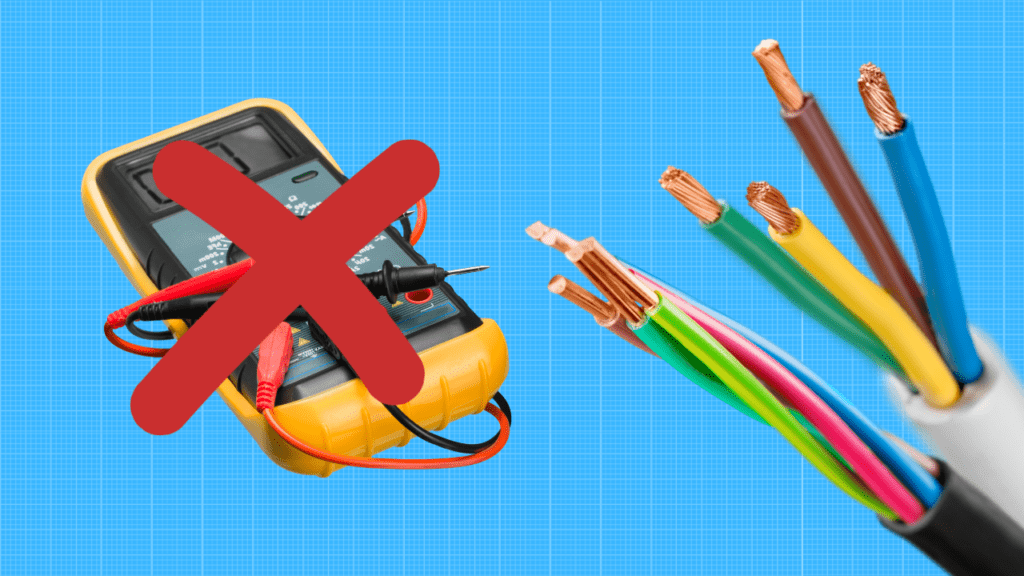
Understanding wall outlet and wires
The socket is a very simple thing, it usually has 3 holes into which 3 wires come. We call these three wires hot, neutral and ground.
A hot wire is a wire that carries electricity. It is usually black or red in color. A neutral wire is a wire that carries no electricity. It is usually white in color. A ground wire is a wire that connects to the ground and helps protect against electric shock. It is usually green or copper in color.
Now that we understand how wires work, we can start with the first method of testing.
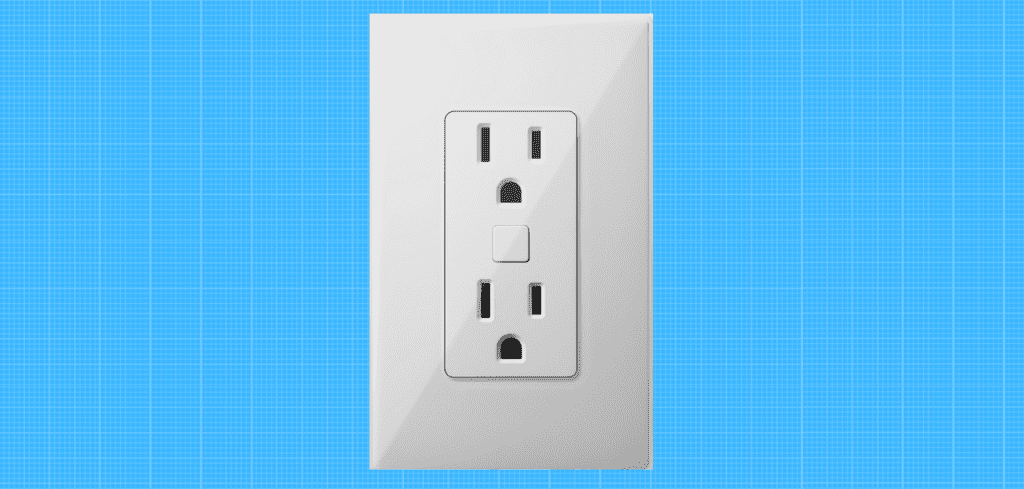
1. Method – Using non-contact detector
There are a few simple steps you can take to use a non contact voltage detector to find out what wire is hot:
1. Hold the detector close to the object you’re testing.
2. Look for a light on the detector to turn on.
3. If there is voltage present, the detector will make a beeping sound.
4. Be sure to check the entire object just in case the current is traveling through it.
You should not hold the detector by the wire, probes, or any other metal part of the tester as you are testing for volts because this could damage the tester and make it unsafe to use.
The majority of detectors in the industry work on a very simple principle: they induce an alternating magnetic field in the object, and if there is voltage present, this induced field will cause current to flow. This resulting current is detected by the circuit inside of the detector and makes the device beep. If your detector does not make such a sound, it may be broken and no longer in working condition.
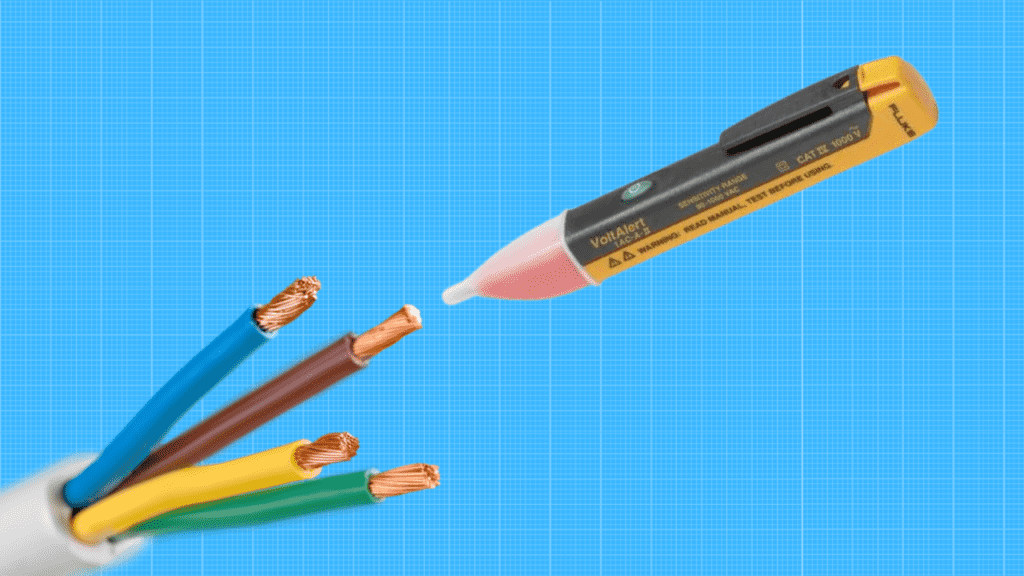
2. Method – Using tester screwdriver
A screwdriver test can be used to test the electric current in an appliance. If you need to test whether or not there is electricity running through your appliance. We can also use it to find hot wire.
1) Get a voltage detector screwdriver. This is a type of screwdriver that has a built-in voltage tester.
2) Turn on the screwdriver by pressing the power button.
3) Touch the probe of the screwdriver to the wire.
4) If the detector lights up, then there is electricity running through the screwdriver. If it does not light up, then there is no electricity running through the screwdriver.
5) Turn off the detector by pressing the power button.
6) Unplug the screwdriver.
7) Dispose of the test screwdriver in a designated box.
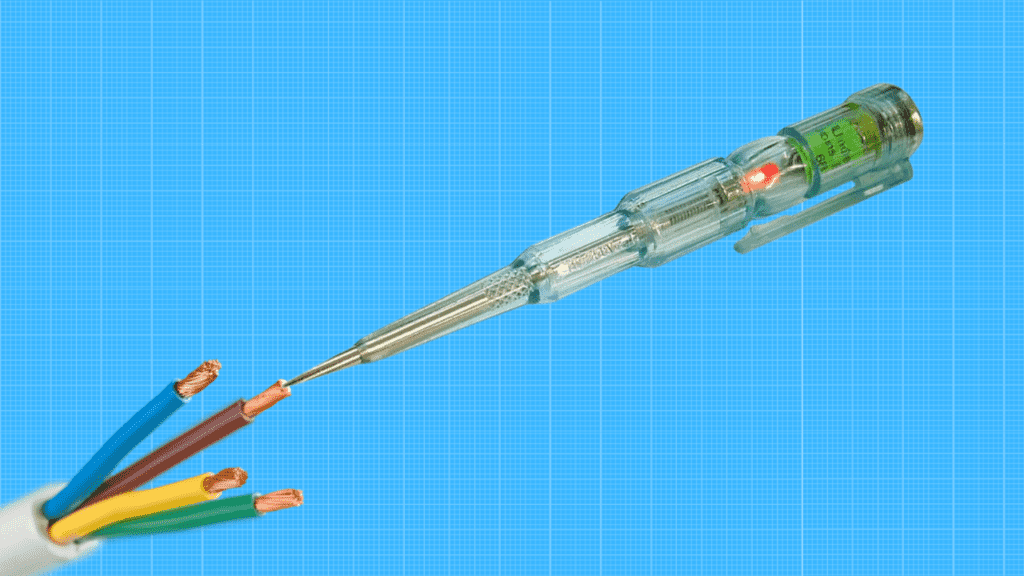
3. Method – Using light bulb as tester
You can easily make this home detector. All you need is a lights bulb with a little cable and a plug for the socket.
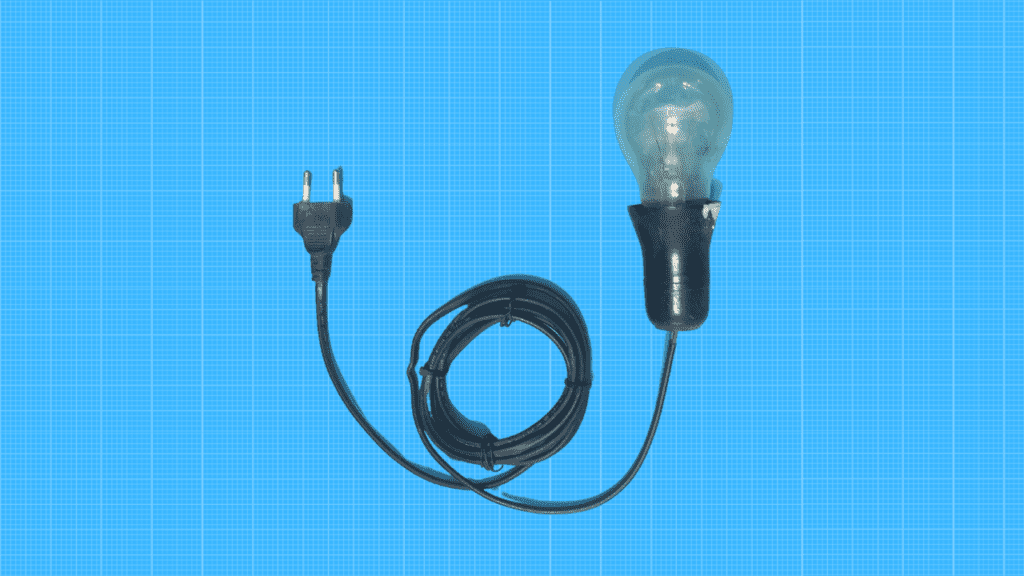
How to make it?
It is necessary to connect a bulb to one end of the cable. The bulb should have its own neck so that it can be connected directly to the cable.
That cable should look like this when you connect it.

Now we need to connect the other end of the cable to the plug that will go into the socket.
It doesn’t matter if you connected black, red or some other number first. This tool only needs to touch the live wire to light up and find the hot wire.
Let’s start with testing
1.Now that we have our tool, we need to find grounding. It is usually green or yellow.
2.We take a tester and connect one end to the first wire and the other to ground. If the bulb does not light, it means that the wire is not a hot wire.
3.We pass to the other wire and check it in the same way as in the first example. The other end is for grounding. When the bulb starts to light up, it means that we have connected it to the hot wire.
4.Then we take the tester off the wire and mark the wire that it is on.
4. Method – Using Color standard
In the United States, there is a standard for electrical wire colors. The standard is set by the National Electrical Code. The code is developed and maintained by the National Fire Protection Association. There are specific colors that are used for different types of circuits. The following is a list of wire colors.
Hot – Black
Neutral – White
Ground- Green or Bare Wire
Before you start checking which wire is hot, don’t touch them because you never knew how the wiring was done before?
So it is best to use some meter tool to test wires.
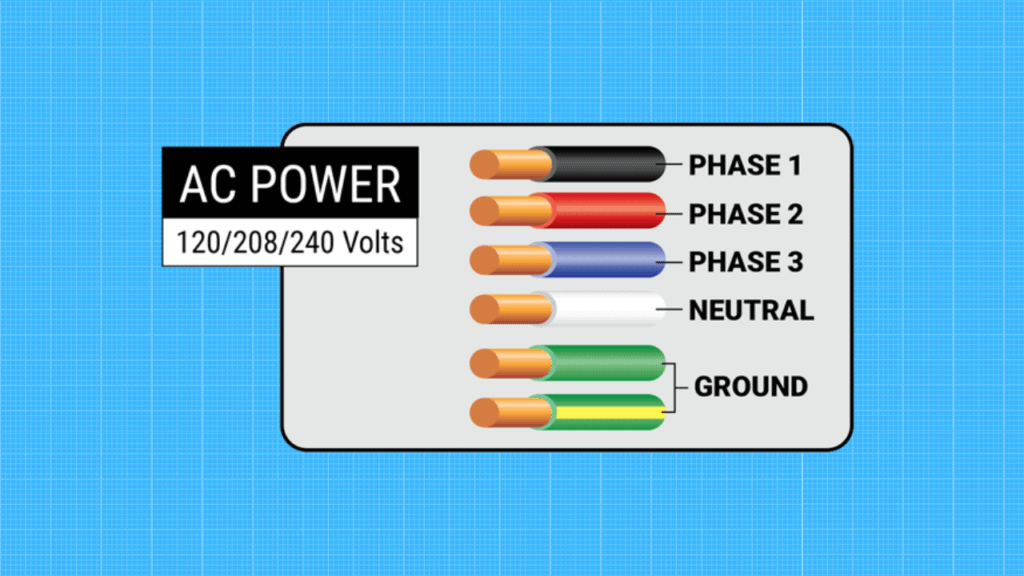
Conclusion
When checking live wires, you need to be very careful. You should never assume which wire is live without checking it first. You can do this by using a meter or other tool to test the wires. It’s important to be aware of the dangers of live wires, and always take precautions when checking them.
We hope you learn how to tell which wire is hot without a multimeter.
